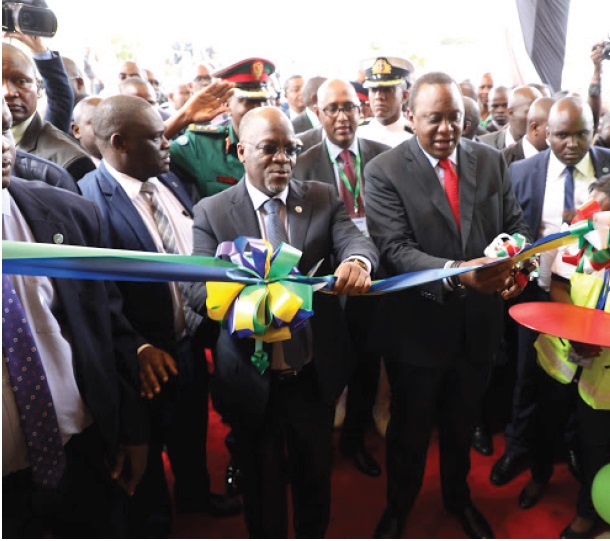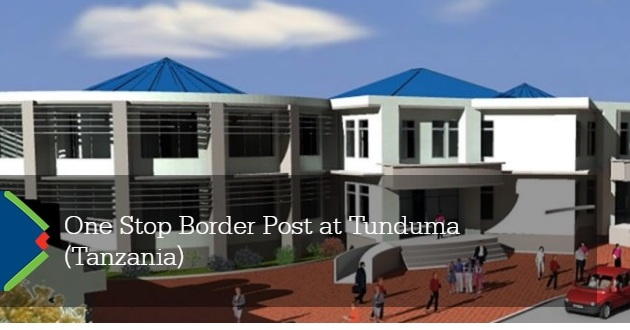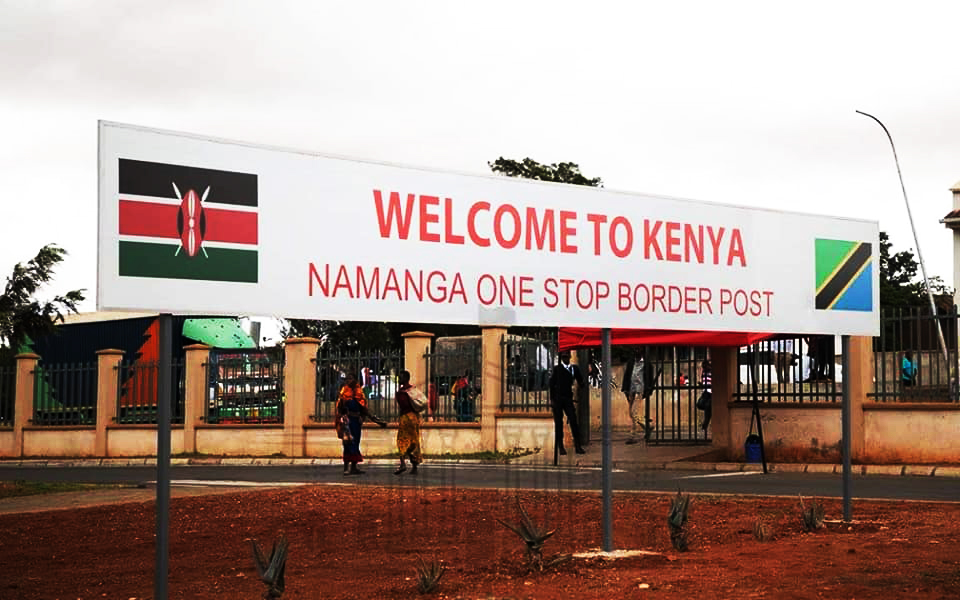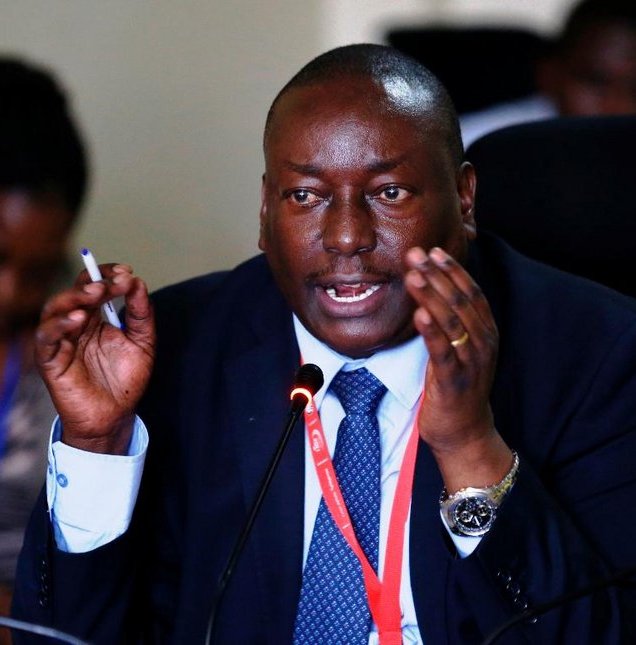By TZ Business News Staff.
Speeding of cross-border trade in Africa, which started in East Africa by speeding clearance of paperwork at border crossings, is gaining traction in the Southern African Development Community (SADC).
Zimbabwe and Zambia will lead other SADC nations in adopting East Africa’s One Stop Border Posts (OSBPs) model described by officials in Kenya and Tanzania as extremely beneficial in facilitating both regional integration and the smooth flow of trade.
The concept now being extended to some SADC countries is currently being embedded into national laws in East Africa to make OSBP procedures legally binding, the Director of Tax Payer Services and Education at the Tanzania Revenue Authority (TRA), Richard Kayombo has told TZ Business News.
Here in East Africa, Kayombo said, OSBPs have reduced time for service delivery/clearance time of goods and passengers at border crossings where officers of all government agencies from both countries are housed in one building next to each other.

President Uhuru Kenyatta of Kenya (R-foreground) jointly inaugurates opening of Namanga Tanzania-Kenya One Stop Border Post with Tanzania President John Pombe Magufuli (to Kenyatta’s right hand side), by ribbon cutting ceremony.
The East African nations of Kenya, Uganda, Tanzania, South Sudan, Rwanda and Burundi currently operate eight One Stop Border Posts with Tanzania sharing six single stops with neighbors– the most number of stops per country due to its sheer size as the largest nation in the East African Community (EAC) trading block.
Tanzania’s seveth shared border post is close to completion at Tunduma in the Southern Highlands, where EAC connects with SADC. Its Eighth OSBP is planned for construction at Rusumo on the border between Rwanda and Tanzania.
Kayombo said the OSBP concept, the first of its kind in the world, has made it easy to compare statistics, it has made it easy to curb entry and exit of ilicit items/ human trafficking, it has created a better working environment for staff and border stakeholders, better security and impressive growth of trade within East Africa due to increased efficiency in facilitating traders and businesses at the One stop border facilities across the region.
In Kenya, Julius Musyoki, Commissioner for Customs and Border Control at the Kenya Revenue Authority recently told media in the traditional border control practice, an importer, exporter or a traveler needed to obtain exit clearance from one side of the border before moving over to the other side for entry clearance.
These crossing procedures depicted a glaring disconnect among EAC member countries in clearing cargo. The OSBP concept has alleviated the situation by improving border crossing speed and efficiency thus reducing barriers to trade and improving business competitiveness, Musyoki said. If cargo inspection is necessary or required, it is done once through joint inspection involving all interested border agencies from both partner states at the same time and location.
Musyoki said through OSBPs, there has been improved cross-border security, a reduction in revenue leakages as well as better resource utilization through improved cross-border co-operation and sharing of resources and intelligence. Employee motivation for border staff has also improved through the use of simplified procedures as well as from working in better buildings and with more advanced equipment, which has translated to increased productivity.
The concept is being adopted in the SADC region with Tanzania as the link at the Tunduma border post where the EAC member state shares a border with Zambia. The Zambia-Tanzania One Stop Border Post will soon be launched, according to TRA’s Kayombo. Construction is close to completion.
Trade Mark East Africa (TMEA), the organization in charge of the trading block’s OSBPs says on its website it is providing full funding for the construction of the Tunduma OSBP and is working with relevant border agencies to set up mechanisms for integrated border management while harmonization of customs procedures is being undertaken by a joint task force of experts from Tanzania and Zambia.
 The Tunduma project is implemented in coordination with other ongoing initiatives of the World Bank, JICA, USAID, the African Development Bank and the European Union. TMEA identifies key outputs from the Tunduma project as improved border post and IT infrastructure, harmonized working procedures on both sides of the border and the training of border agency staff, freight forwarders and traders.
The Tunduma project is implemented in coordination with other ongoing initiatives of the World Bank, JICA, USAID, the African Development Bank and the European Union. TMEA identifies key outputs from the Tunduma project as improved border post and IT infrastructure, harmonized working procedures on both sides of the border and the training of border agency staff, freight forwarders and traders.
Meanwhile, the One Stop Border Post concept recently came under spotlight in Harare, Zimbabwe, where Customs experts from revenue administrations across Africa congregated to discuss modalities of implementing the One Stop Border Post concept on the continent as a whole to enhance Customs clearances and trade facilitation.
The SADC trading block has adopted the concept and the Chirundu one-stop border post between Zambia and Zimbabwe is to formally launch the trading block’s adoption of the concept in what is considered a benchmark for regional integration among SADC Member States.
The Southern African Development Community (SADC) selected Chirundu a few years ago as one of the border posts for the pilot phase of the one-stop border initiative that aims to facilitate trade and free movement of goods and services among the 15-member states of the regional bloc. Tanzania is a member of both SADC and the EAC.
The Beitbridge border post linking South Africa and Zimbabwe is another port of entry that had been chosen by SADC for the pilot phase but work is yet to start.
Beitbridge and Chirundu are considered to be among sub-Saharan Africa’s busiest ports of entry with hundreds of southward or northward commercial trucks passing through the two border posts everyday.






